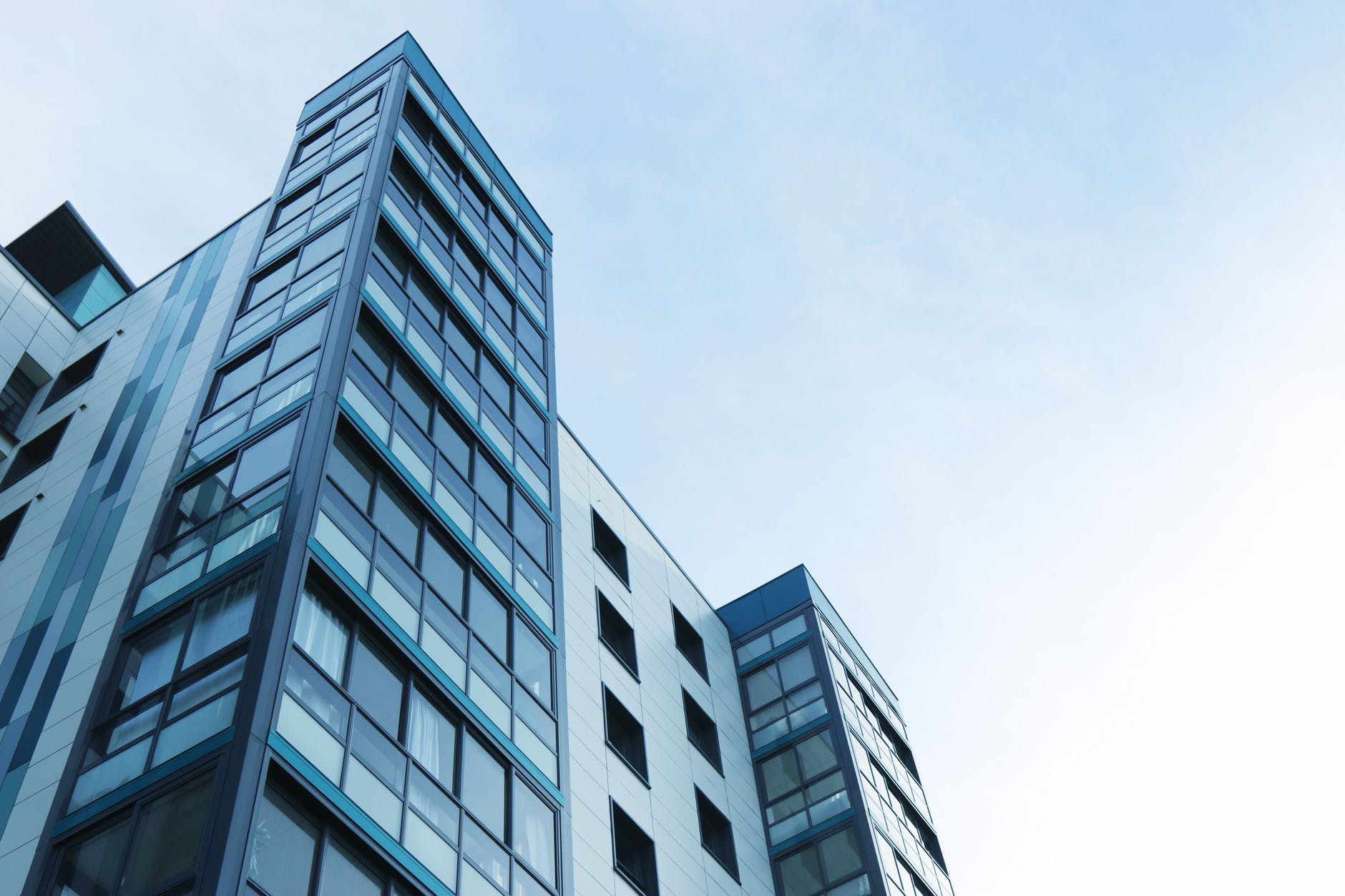
This is one of those end of year posts so I guess it’ll be retrospective and yet forward-looking at the same time. However, being the end of a decade, I thought it’ll be interesting to look at some of the changes that has happened in my life in order to give myself an idea of what to expect in the next decade.
Career
At the beginning of this decade, I was a couple years out of school and working for the civil service. The job paid decent but was the scope of work was way out of my interest zone. Needless to say, I was there for another 2 or so years before I left for a teaching job in the public service.
Teaching foundation level economics has been fun but of course, the lack of depth impedes an understanding of real-world issues. Also, in this current day and age, economics has been applied in areas outside of the traditional business setting but being in the business school, the economics we teach doesn’t stray far from your traditional Econ 101.
In short, teaching economics at the school where I am right now is kind of limited in depth and breadth. Plus, it seems to be a business school phenomenon that economics isn’t all that important. Instead, the flavour of the times seem to be anything tech-related.
Fortunately for me, my interests and skills lie not just in economics but also in finance and in the next decade, the plan is to move further and further away from economics and more into the finance space.
Which area of finance? It should be in corporate finance and business valuation.
Health
It’s funny that I’m down with flu as I write this but my health hasn’t really changed much over the last decade. If anything, it has gotten slightly better.
I put on a fair bit of weight after working and in December 2017, I reached peaks that I had never reached before. That was the trigger for me to be more aware of my diet.
The thing is, I love beer.
So I searched and searched, and eventually I learnt that there was something called intermittent fasting. Long story short, I followed some version of it where I skipped breakfast except for a cup of coffee with evaporated milk, no sugar. And then I ate lunch at around 11:30am or so, followed by dinner at around 7:00pm.
I not sure I even did it right because some people say that you can’t have anything that has even a little bit of sugar in it (which the milk has) but anyway I lost about ten kilos and my weight has been at a comfortable level since.
I’m also sure it’s because I had light lunches on some days of the week but otherwise, I didn’t restrict my diet to any food groups. It was all about making sure you don’t overdo things.
The not-so-good part is that I haven’t managed to exercise regularly. Every time I’ve started to hit the gym again, the momentum somehow gets disrupted and the next thing I know, a week or two goes by and all my gym gains have gone down the drain.
I really need to start making a gym routine part of my week because I can literally feel my body getting weaker once I go without exercise for just a week or so.
Currently I try to do my gym sessions during lunch but I realised that’s not exactly a great idea because my timetable changes every semester which would be a deal-breaker for establishing a routine.
We’ll see how things go from here.
Life
Well, life is the big one, isn’t it?
At the start of the decade, I had a girlfriend. Now, I have a wife and three cats. Scratch that. Make it seven. How we got to seven is a funny story but we’ll get to that later.
So my wife and I have been married for almost 8 years now but it’s more than 10 years since we’ve met and gotten together. We’re not the perfect couple but we’re perfect for each other.
We can get upset at each other but we’ve never shouted at each other. We mostly just give each other the cold shoulder for a while before we realise that it’s not worth it and then we apologise and make up.
Most of the time, we just enjoy the simple things in life and each other’s company. Things like reading good books, eating good food (in moderate quantities) and relaxing.
In that way, we’re kind of like cats.
So, two years ago my wife (it’s always my wife who has the better ideas) asked if we could adopt a cat. She’s always liked cats but never owned one.
Since we don’t have kids, I figured it wouldn’t be a bad idea to have a cat to come home to and from what I read, cats are definitely lower in maintenance compared to dogs (or kids). I had dogs growing up so I kind of an idea about what kind of care you need for dogs.
And that’s how we got our first cat, Teddy. He wasn’t the cat we were going to adopt but then the rescuer suggested that as first-time cat owners, we adopt him because he was friendly and easy-going.
That turned out to be totally true because Teddy is the most low-maintenance cat I’ve ever met because you pretty much just have to feed him and make sure he has a clean litter box, and he’ll be a happy camper.
Then some time this year, the same rescuer asked if we could take in a kitten that was part of a litter rescued from Pulau Bukom, an island off Singapore, which is part of the oil refining industry in Singapore.
So cat number two, Pepper, came into lives and she has been a little ball of terror because she came with a parasite issue which caused diarrhea, refuses to leave Teddy alone hen all he wants to do it chill, and is super noisy when it comes to feeding time. But we still love her anyway.
Then a few months after we got Pepper…
One day as we were walking home, we noticed a cat hiding away at the bicycle rack, at the block of flats next to ours. We’d never seen her before and there are community cats in the area so it’s unlikely that another stray would have ventured into this area since cats are pretty much territorial. Plus, she was too friendly to humans which made us suspect that she was abandoned.
And so cat number three, Mudpie, came into our lives.
What we didn’t realise was that cat number three, was pregnant with four kittens. By the time we found out, she was two weeks away from delivering and so we now have seven cats at home.

I think the next decade will easily see a mean reversion in terms of cats.
Wealth
Ah yes, and finally, all about the money.
I’ve been tracking this number ever since I started investing but my records for the early years haven’t been well-kept. The good thing is that I now have at least a decade worth of records so I can see exactly how much my wealth has grown.
The short answer is: a lot.
At the start of the decade, my portfolio was under $50,000. Today, it’s roughly eight times that. By the way, I only count monies that I can easily convert to cash. This means that I don’t include my CPF accounts nor the property that we stay in.
You could include those but that would mean giving up your residency status in Singapore. If that’s an option for you, then by all means, include those numbers. Otherwise, if you’re a Singapore citizen or PR, you have to ignore those numbers as those don’t mean much until you reach the age where you can cash out.
I’ve digressed so back to the increase in my wealth. Is that record impressive? Not really.
Because it could have been a lot more if not for two things: one, I was and still am, under-invested, and two, I was invested in the wrong places.
Let me explain.
I’ve had a huge allocation to cash in the last two to three years. This is despite the fact that as an investor, I’ve two things going in my favour. One, I’m relatively young and two, I’m still gainfully employed and likely to be in the foreseeable future (iron rice bowl, see above).
Therefore, I should have bumped up my allocation to equities, REITs or anything with a higher expected return than cash as I’ll be able to ride out any bumps along the way.
The second reason is that I was invested in the wrong places. Honestly, I started out the decade thinking that if I could read the financial statements, I would be a lot better than most investors. That is true but only to the extent that one is familiar, or willing to be familiar, with how the economic landscape that any company is in was going to change.
For example, there’s a company that I (like many other Singaporeans) am invested in where the shift towards online media has absolutely damaged the company’s main income generator. And this damage to their old business model means that the damage is irreparable despite their best attempts to diversify into other areas such as malls, nursing homes, and student housing.
Even if they are successful, trading a much higher-margin business where they had a virtual monopoly for one that is much more competitive and capital-intensive means that the whole business is unlikely to provide the kind of returns to investors as it once did.
Therefore, the market correctly priced in lower multiples and slower future growth which explains the situation that the company finds itself in. In case you haven’t figured it out, the company I’m referring to is SPH.
There are a number of other such mistakes that I’ve made in the past decade and honestly, I find it too much work for the extra returns that a broadly-diversified portfolio might return. Needless to say, I’ve had my successes but those aren’t anything to brag about either.
The main reason for the increase in my portfolio is simply the insane savings rate that I have. By my back-of-the-envelope calculations, more than half of that increase was due to savings. Another 20% or so due to returns from dividends and the rest from capital gains.
In short, while you are young, you can have shitty investing skills and still see a dramatic increase in your net worth if you save like hell.*
I still obsess about my net worth but ideally, I’d like to arrive at the day where I honestly don’t care about money any longer because what I have is more than enough for my wife and I to live how we want to.**
In the next decade and more, I have to stick to a better investing plan. I’m already fairly disciplined about savings because it’s pretty much on auto-pilot and I don’t spend very much compared to others.
The main focus now will be to stick to an investment plan that allocates a higher return to equities and be disciplined about the re-balancing process while keeping costs low. This will be the way to go as I have many decades of investing ahead of me.
Goodbye 2019 and 2010s
You’ll notice that I haven’t talked much about what’s going on in the world and frankly, none of it has mattered much to me.
We have politics becoming a joke in the U.S., strongmen steadily gaining power in Russia and China and in Singapore, we have our own Orwellian-esque POFMA.
The climate has also gone bonkers with records temperatures being reached and yet, people rode the wave to sell metal straws while the fear-mongering grows over solutions that smart people like Bill Gates are suggesting.
In the business world, startups that blow through cash (think Uber, Grab, the disaster now known as WeWork, or almost any other unicorn for that matter) gets seemingly unlimited amounts of funding for business models that pretend to be a tech spin to an older business model.
Even in my world, the mantra seems to be “tech” and “entrepreneurship” but the powers that be fail to realise that as a business school, it’s unlikely for us to teach “tech” well. And frankly, “entrepreneurship” isn’t something to be taught so I’m not sure how we’re going to justify charging the school fees for that one.
“Hey, splash some cash for us to teach your kids the rules that they have to break.”
That’s probably the most honest marketing you’ll get from a business school trying to teach entrepreneurship.
Despite what’s happened, the 2010s have been kind to me. I’m extremely blessed to be living in a place free from strife, have loved ones that care about me, and seven cats.***
Notes:
* Of course this has diminishing returns as your net worth grows. It’s unlikely that your salary will grow in line with your portfolio and therefore the same savings rate will gradually add less and less to your net worth as the years go by.
**Skeptics will say that the day will never come but based on my current lifestyle, I’m pretty sure I’ll get there sooner rather than later.
***Of course, we’re not going to keep all seven.






